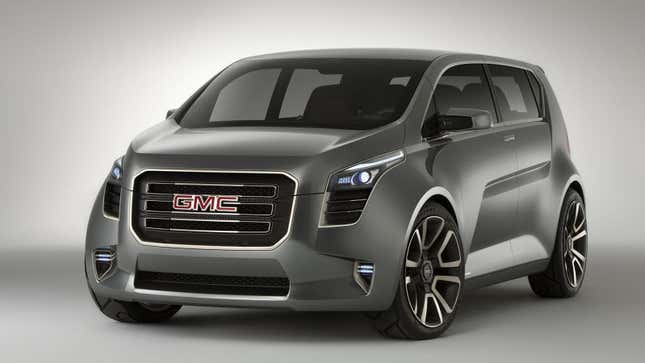
Toward the end of the late ’00s, GM seemed confused as to what it wanted to do with GMC. Since 1998 GMC had been “Professional Grade,” selling rebadged Chevy trucks and SUVs with marketing that suggested they were for pros. But the compact Chevys of the early 2010s led some at GMC to consider an entry level GMC. Enter the Granite concept.
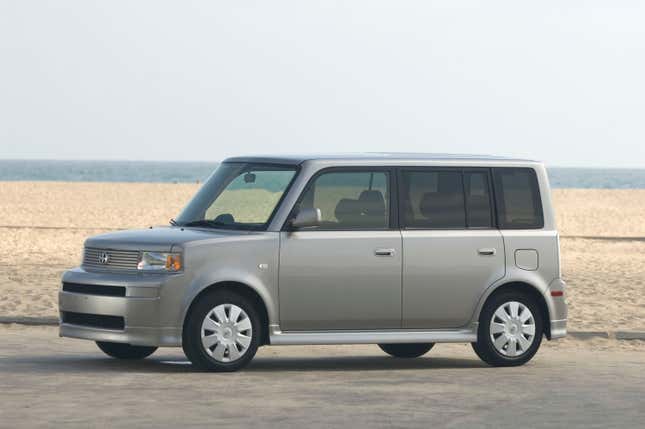
Scion was launched in 2003 as a youth automotive brand. It was supposed to be the hip new thing that millennials wanted. And for a time it seemed as though what Toyota was doing with the brand worked. People loved the quirky, box on wheels xB. That model single-handedly spawned competitors—cars like the Nissan Cube and Kia Soul. GMC wanted in on the action.
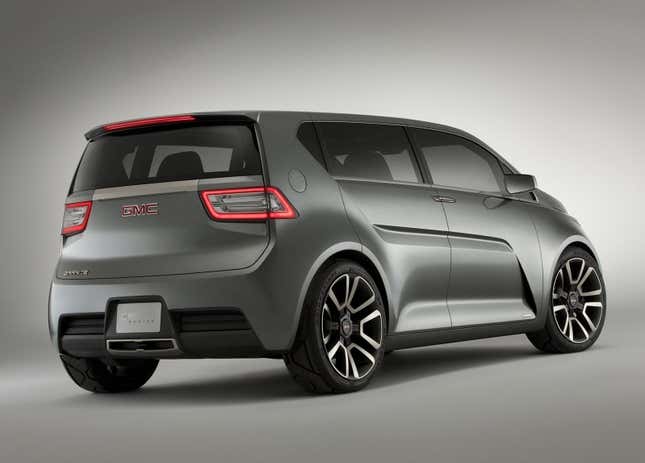
Shown at the 2010 North American International Auto Show, the Granite was a small SUV thing based on GM’s Delta II platform. This underpinned things like the Buick Verano, Chevy Cruze/Volt, and international Chevy Orlando MPV. While most concepts are shown with exotic powerplants that usually never see production, the Granite was more production oriented. Power came from the same 1.4-liter Ecotech turbo engine found in the Cruze and Sonic. It put out 138 horsepower and was paired with a six-speed automatic. Nothing exciting. GMC described it as an “Urband Activity Vehicle.”
GMC Granite Concept was conceived as a new type of vehicle from GMC - one that could stretch people’s ideas of what a GMC can be,” said Lisa Hutchinson, product marketing director for GMC. “We call it an ‘urban utility vehicle’ and our goal was redefining what the GMC name could mean to a new generation of customers looking for both bold design and functionality.
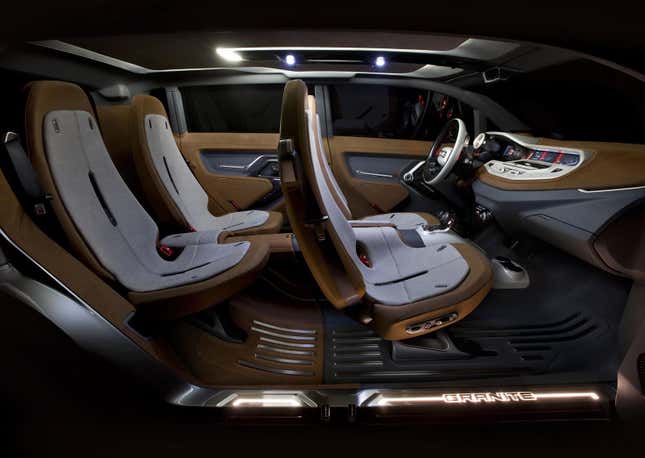
And urban was the name of the game with the Granite. It was actually described as being the car equivalent of an urban loft apartment. Its interior was designed to accommodate things that one would need to move when moving into or out of a loft. The design was described as industrial with a forward angling design along the door panels, swept back headlights, and an exterior devoid of chrome. Instead, a brushed metal finish was used to reinforce that industrial look.

It would’ve competed with the second generation of the Scion xB, which, by this time it had lost its quirky, boxy JDM charm and had grown into the Corolla platformed small SUV-like thing powered by a Camry engine that old people drove.
It’s believed that GM actually greenlit the Granite for production. Sources within GM at the time confirmed to Motor Trend that the Granite would enter production in 2012 and be on sale for the ‘13 or ‘14 model year. This was reported in February 2011. By the beginning of 2012 however, it was reported that GM had backtracked and the Granite was canceled. What followed from then on would be years of GM sitting on the name constantly re applying for trademarks. Potential spy shots (that turned out not to be the Granite) fueled speculation that just maybe GMC was going to get its small crossover.
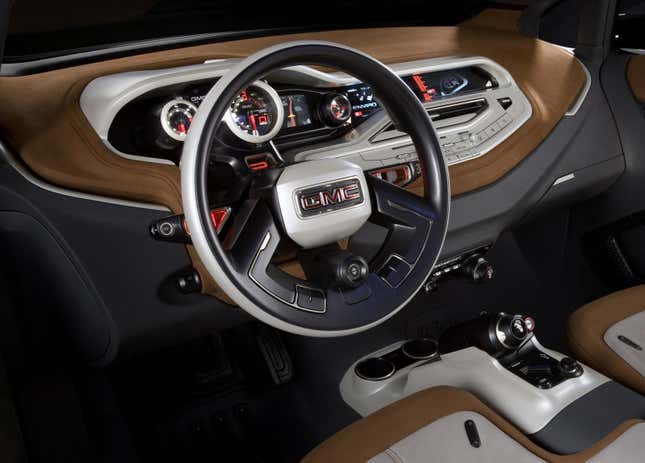
Finally, in late 2019, GMC confirmed that it had no plans to go downmarket. Regional marketing manager for GMC Canada emphasized to GM Authority that plans were to “position GMC as a premium brand, focus on our trucks and capitalize on the AT4 name.” So there you have it. While GM may still hold a trademark on that Granite name, I doubt they’ll ever actually use it on a vehicle like this one.